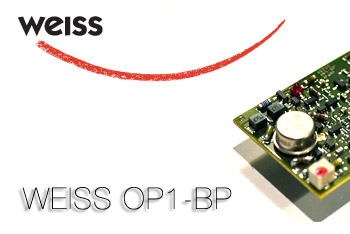
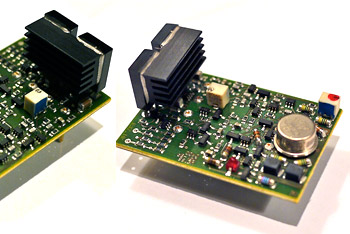
Discrete OP1-BP – a truly transparent, discrete operational amplifier module.
A NEW I/V CONVERSION AND OUTPUT STAGE FOR WEISS FLAGSHIP MEDEA+ DIGITAL TO ANALOGUE CONVERTER
Superb noise performance:
- 1nV/√Hz voltage noise density (1kHz)
- 30nVpp voltage noise (0.1-10Hz)
- 0.7pA/√Hz current noise density (1kHz)
- 80pApp current noise (0.1-10Hz)
- no common-mode current noise from bias cancellation
Outstanding distortion specifications:
- THD+N -152dB (+20dBu, 1kHz, 22kHz BW, 600Ω)
- THD+N -148dB (+20dBu, 10kHz, 80kHz BW, 600Ω)
- distortion spectrum consists almost entirely of 2nd and 3rd harmonic
- no significant crossover distortion, even with 200Ω load
- no significant common mode distortion, even with very high source impedances
Impressive AC performance:
- 50V/µs slew rte, highly symmetrical
- 95MHz gain bandwidth product
- 700kHz power bandwidth (20Vpp into 600Ω)
- 300kHz power bandwidth (20Vpp into 200Ω)
Superior DC precision:
- offset 10µV
- input bias current +-60nA
- input offset current +-10nA
Excellent load driving capability:
- 27Vpp(+21.8dBu) in 200Ω (+-15V supply)
- 20Vpp(+19.2dBu) in 100Ω (+-15V supply)
- 10Vpp(+13.2dBu) in 50Ω (+-15V supply)
- adjustable class A output current, factory trimmed to 30mA
- very low output impedance
- extensive short-circuit protection
Salient insensitivity to power supply deficiencies:
- very high PSRR with little degradtion towards high frequencies
- individual RC decoupling of amplifier sub-circuits eliminates the interaction of the various amplifier stages and makes the amplifier insensitive to power supply inductance
- high performance on-board decoupling capacitors, 2.4µF total
- no need for additional external decoupling capacitors
- recommended power supply range from +-5V to +-18V
Carefully thermal design:
- excellent stability of any bias condition
- full thermal isolation of the sensitive input stage from the power output stage
- fast settling of bias conditions after start up
Dimensions:
- 42 x 28 x 17mm (1.65 x 1.1 x 0.67 inches)
- API2520 standard pinout

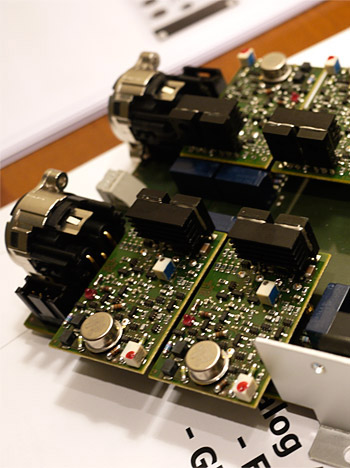
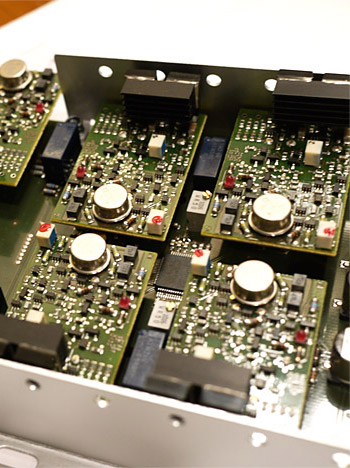
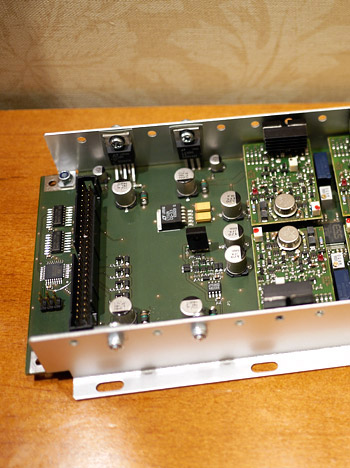
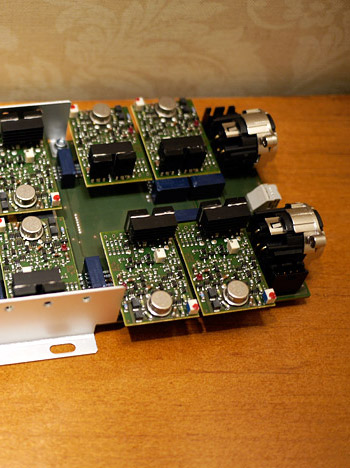
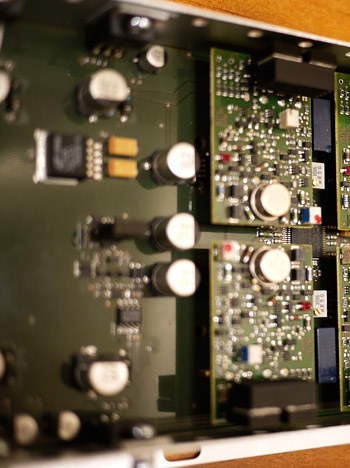
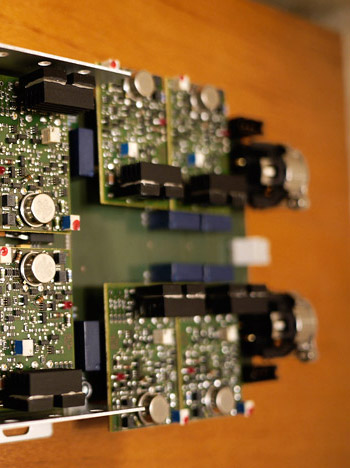
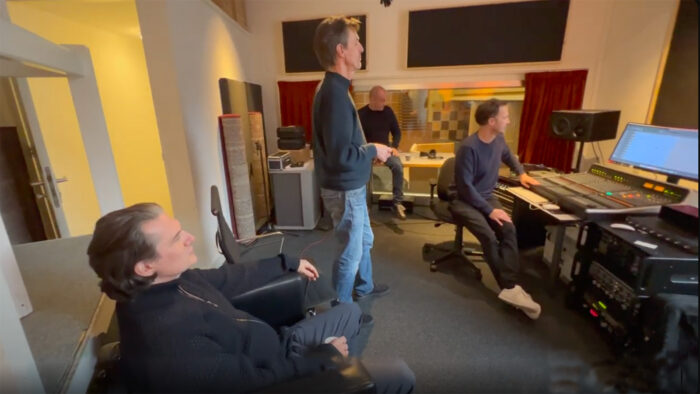
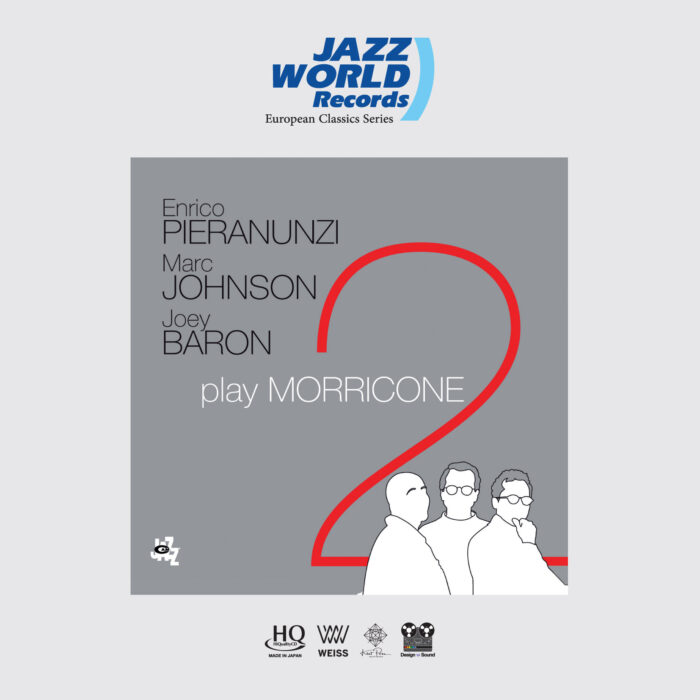
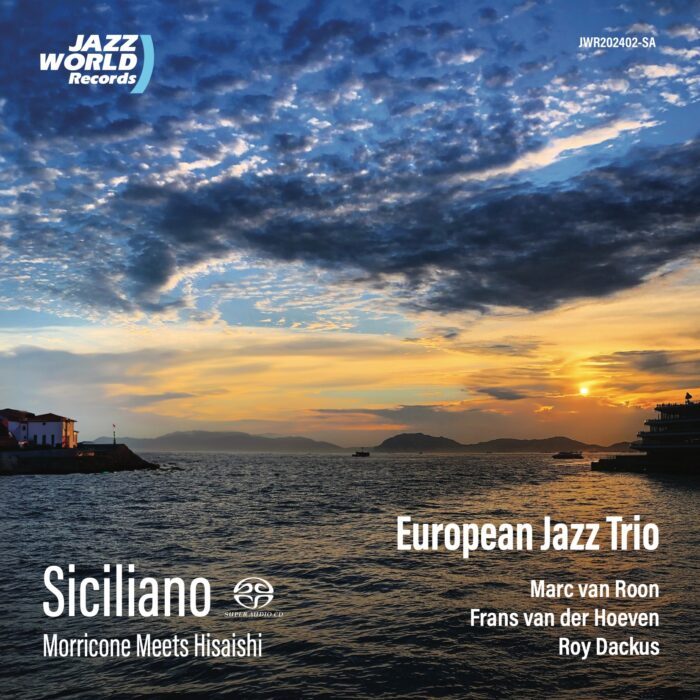

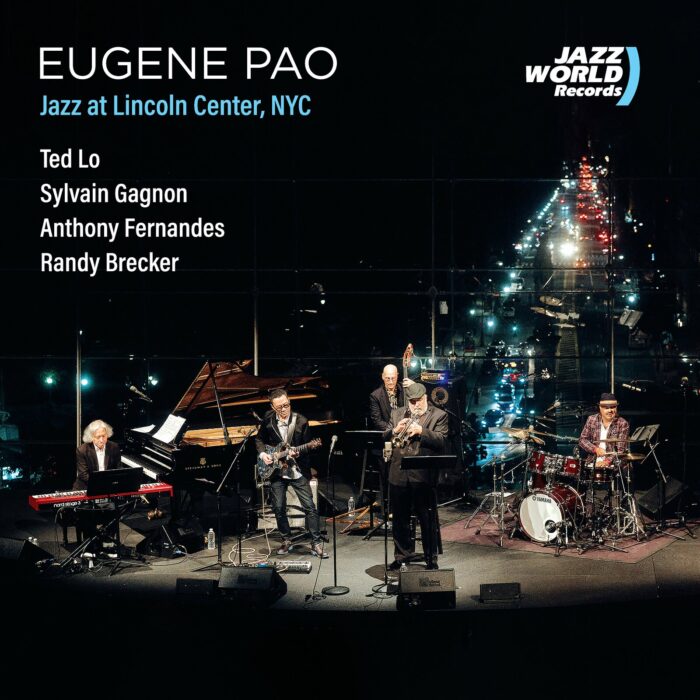


NO COMMENT